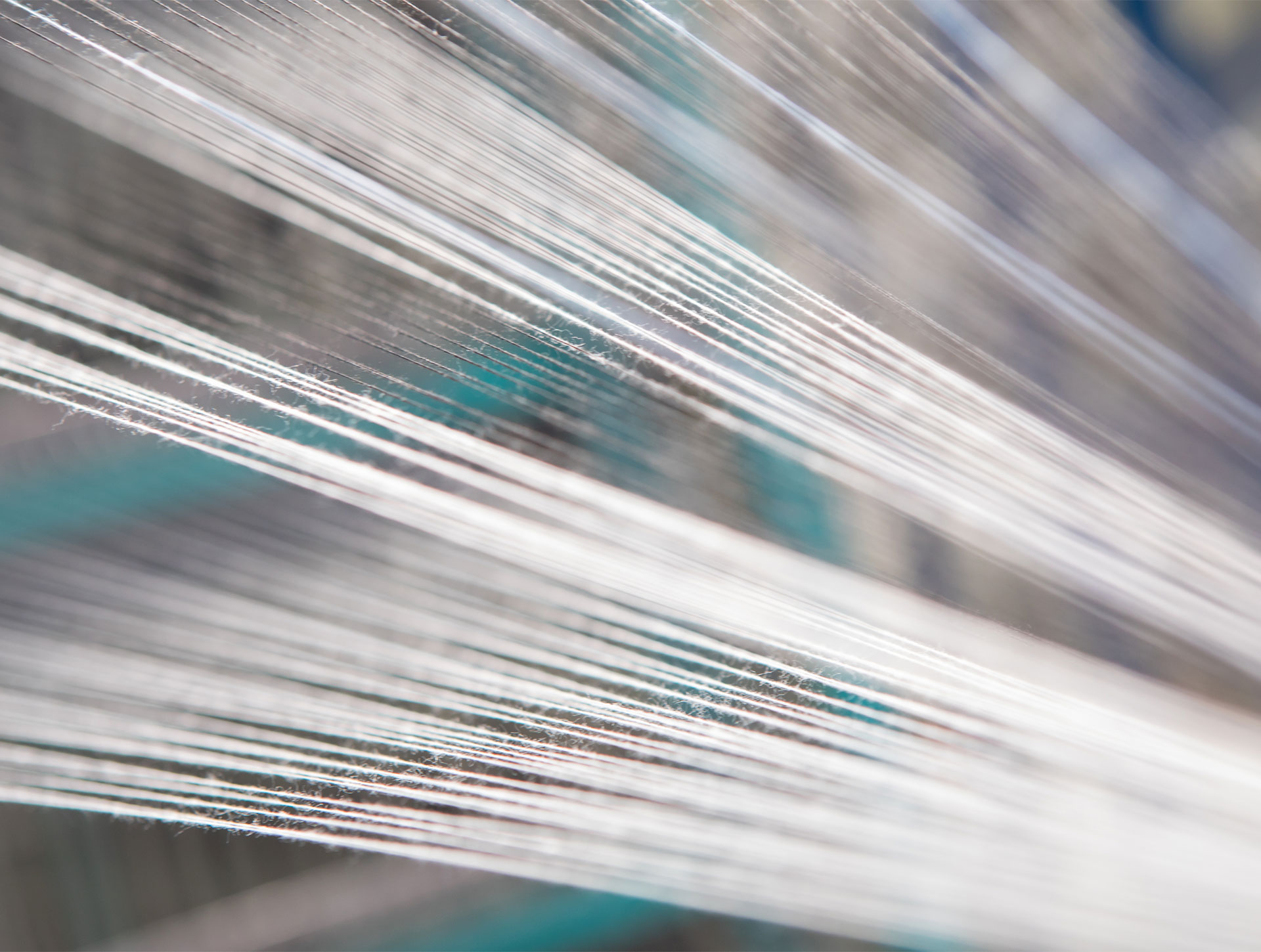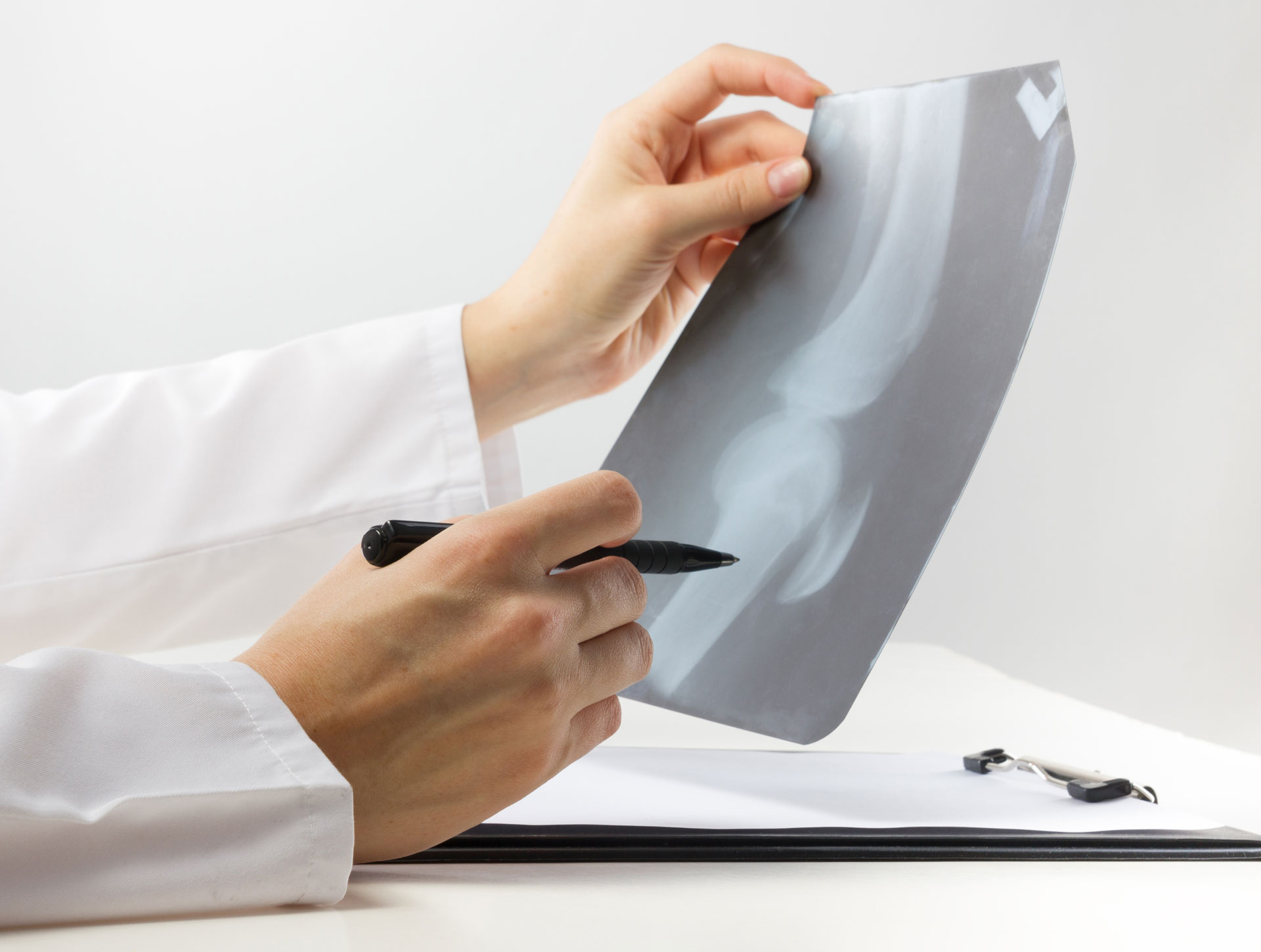
Orthox Secures Multiple Awards totalling £469k from Technology Strategy Board to fast track product pipeline
Orthox is developing a range of novel orthopaedic products for the repair of knee cartilage. The Company’s core technology is Spidrex® Cartilage – a remarkable silk biomaterial combining the resilience, high strength and biocompatibility found in spider silk. The silk technology is the result of a decade of research by Oxford University scientists, Professor Fritz Vollrath and Dr David Knight.
The awards are part of the £21.5 million Regenerative Medicine programme managed by the government-funded Technology Strategy Board. The Technology Strategy Board is investing up to £4m in fast-track collaborative research and development projects (preclinical or clinical) in the area of regenerative medicine therapeutics.
Orthox is the lead partner of two collaborations with Northwick Park Institute for Medical Research, which is headed up by Dr Paul Sibbons. The funding from the Technology Strategy Board is for two projects as follows:
1) £264k to fast track Orthox’s FibroFix™ meniscal repair product through to regulatory approval and to enable the programme to enter the clinical phase.
2) £205k to develop Orthox’s articular cartilage and bone pipeline products, and validate them in the preclinical phase.
These awards boost Orthox’s funding position further. In January 2009 Orthox announced the award of a prestigious Wellcome Trust Translation Award worth over £1.6 million to fund the development of the FibroFix™ meniscal repair programme, and in October 2009 Orthox was awarded an £82k feasibility project from the Technology Strategy Board to initiate development of the Spidrex® articular cartilage pipeline.
Commenting on the announcement, Nick Skaer, CEO of Orthox said,
“We are delighted to have been granted these awards by the Technology Strategy Board for our innovative technology and this is further validation of our work. We believe our meniscal repair and articular cartilage programmes are unique with respect to our silk technology and we continue to seek funding to bring these programmes through development to the market. If successful, we could potentially provide a ground breaking solution to knee cartilage issues faced by people leading longer, more active lives.”
-Ends-
For further information, please contact:
Notes to Editors
Orthox
Orthox is an Oxford based company focused on developing medical devices designed to repair damaged cartilage and bone tissues. Employing a revolutionary “scaffold” technology, ‘Spidrex®’, which is based on a protein found in silk fibres, Orthox has a pipeline of devices aimed at helping the body to heal defects in joints and bones which would in many cases lead to implantation of a permanent metal or plastic prosthesis.
Orthox’s Spidrex® tissue scaffolds have been developed by parent company Oxford Biomaterials, which was spun out of Oxford University in 2002. The scaffold’s porous structure supports human cell growth with the aim of gradually being infilled by regenerating cartilage or bone tissue. Spidrex® tissue scaffolds combine these features with great resilience and a high mechanical strength which can be closely matched to the strength of the tissue being repaired, giving them a clear advantage over traditional materials.
By combining great strength and excellent capacity to support tissue regeneration Orthox’s aim is to provide products which allow surgeons to repair joint and bone injuries in a way that not only functionally compensates for the injury in the short term, but also allows a long term solution through the bodies own capacity to heal itself.
Meniscal repair
The meniscus is a crescent-shaped cartilage pad found in the knee joint between the femur (the thigh bone) and the tibia (the shin bone). The meniscus acts principally as a shock absorber, to dissipate forces and stabilise the knee joint.
Meniscal injury is a huge, unsolved clinical problem, especially with ‘baby boomers’. It is associated with aging, obesity, and sport injuries. Damage to the meniscus is difficult to repair successfully and frequently results in osteoarthritis; eventually knee joint replacement is often required. Knee replacements now cost the NHS more each year than total hip replacements, estimated at nearly £1bn.
Approximately 1.3 million meniscal arthroscopies – knee repair procedures – are performed in the developed world each year, but there is currently no proven long term effective remedy. A recent American study estimated that almost half of all adults will develop osteoarthritis of the knee by age 85; the odds increase if people are obese in middle age.
Articular Cartilage repair
The articular cartilage in the knee is the smooth, tough (hyaline) cartilage which covers the ends of the femur (thigh bone) and tibia (shin bone). It protects the surface of these bones and allows the joint to operate smoothly.
Approximately three quarters of a million patients in the US and Europe suffer from traumatic, often sports-related, injuries to articular cartilage in the knee each year. This has been increasing at a rate of 10% per annum, and this growth is expected to continue. Knee cartilage damage can lead to osteoarthritis, which results in a significant number of total knee replacements each year.
At present, lesions in articular cartilage are usually treated by debridement (trimming away the damaged tissue), and/or microfracture (punching holes in the subchondral bone, to allow bleeding and formation of scar and fibrous tissue). Neither results in lasting prevention of osteoarthritis and surgeons are increasingly seeking alternatives.
Technology Strategy Board
The Technology Strategy Board is a business-led executive non-departmental public body, established by the government. Its role is to promote and support research into, and development and exploitation of, technology and innovation for the benefit of UK business, in order to increase economic growth and improve the quality of life. It is sponsored by the Department for Business, Innovation and Skills (BIS). For more information please visit www.innovateuk.org.
The Wellcome Trust
The Wellcome Trust is a global charity dedicated to achieving extraordinary improvements in human and animal health. It supports the brightest minds in biomedical research and the medical humanities. The Trust’s breadth of support includes public engagement, education and the application of research to improve health. It is independent of both political and commercial interests. For more information please visit www.wellcome.ac.uk.
Download PDF: Orthox Secures Multiple Awards totalling £469k from Technology Strategy Board to Fast Track Product Pipeline


